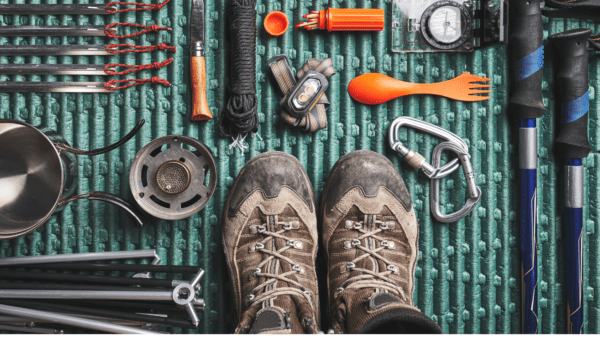Expert Tips for Safely Using Your Climbing Gear

Climbing, a sport that tests the limits of human strength and endurance, relies heavily on the equipment known as climbing gear. This gear provides safety and support as climbers navigate treacherous terrain. From harnesses and helmets to carabiners and ropes, each gear is specialized for different aspects of climbing. Novices and seasoned climbers must understand how to use and care for their equipment to ensure they can rely on it when it matters most.
Maintaining Your Climbing Rope
The rope is arguably the most vital piece of equipment a climber has. Subject to constant stress and strain, climbers must regularly inspect and maintain their ropes. Proper storage away from UV light and chemicals and regular cleanliness can significantly extend a rope’s usable life.
Choosing the Right Type of Rope
Climbers need to choose a rope type that corresponds to their climbing style. Dynamic ropes are typically used for lead climbing because they can stretch and absorb fall impact, whereas static ropes are better suited for anchoring or hauling gear.
Understanding Climbing Hardware
Climbers use various hardware, including quickdraws for connecting the rope to bolt anchors and protection devices such as cams and nuts to secure themselves to the rock. Knowing how to place and assess this hardware properly is critical, as faulty placement can lead to gear failure during a fall. Continuous gear usage education is necessary for climbers looking to enhance their safety.
Regular Gear Inspection
Gear should be thoroughly inspected before and after each climbing outing for signs of wear, corrosion, or damage. Retiring equipment that shows serious wear or has sustained a significant fall is crucial in reducing the risk of in-field failures.
Advancements in Climbing Gear Technology
The field of climbing gear continually benefits from advancements in material science and engineering. Manufacturers create increasingly innovative gear that offers better safety margins, comfort, and ease of use. Lightweight and durable materials, such as high-grade aluminum for hardware and reinforced weaves for harnesses, contribute to gear that climbers can trust with their lives.
Psychology and Gear Trust
Trusting one’s gear is as much about psychology as physical security. Climbers with confidence in their equipment often experience less fear and can give full attention to the actual climbing. This confidence comes from familiarity—spending time using and comprehensively testing your gear in controlled environments is an important aspect of climbing preparation.
Impacts of Climbing on the Environment
Climbing has the potential to affect not only the physical and psychological well-being of the climber but also the natural environment that serves as its venue. Adopting environmentally friendly practices like Leave No Trace ensures that climbing locations remain pristine for future generations. Furthermore, climbers can seek out sustainable gear options to reduce their ecological footprint, a step that some manufacturers are embracing by producing more eco-friendly equipment.
Conclusion
The safety and enjoyment of climbing significantly depend on proper gear selection, maintenance, and usage. It’s the responsibility of every climber to ensure that their equipment is up to the task, both in terms of reliability and environmental impact. By investing the time to care for their gear and understanding its capabilities and limitations, climbers can focus on the joy of ascent and be secure in their skills and equipment. With this mindfulness, each venture into the vertical world becomes a respectful nod to the sport of climbing and the planet it relies upon.









